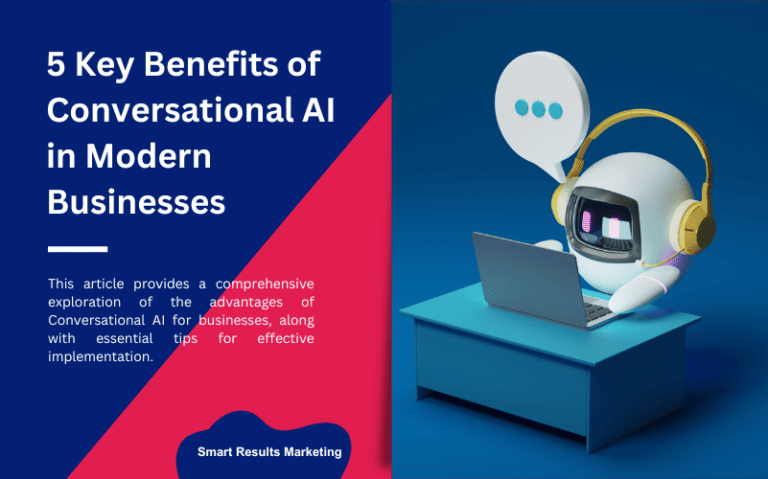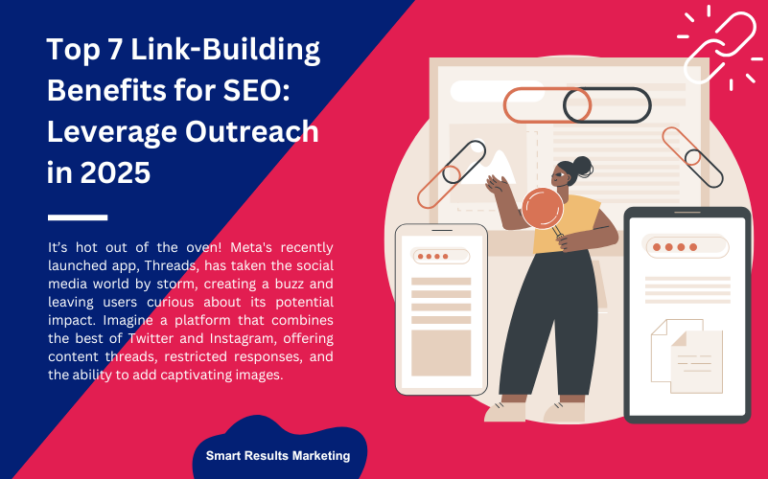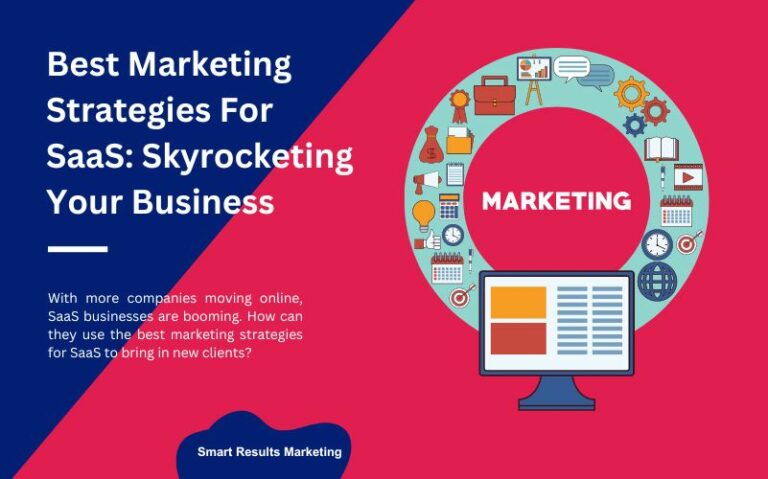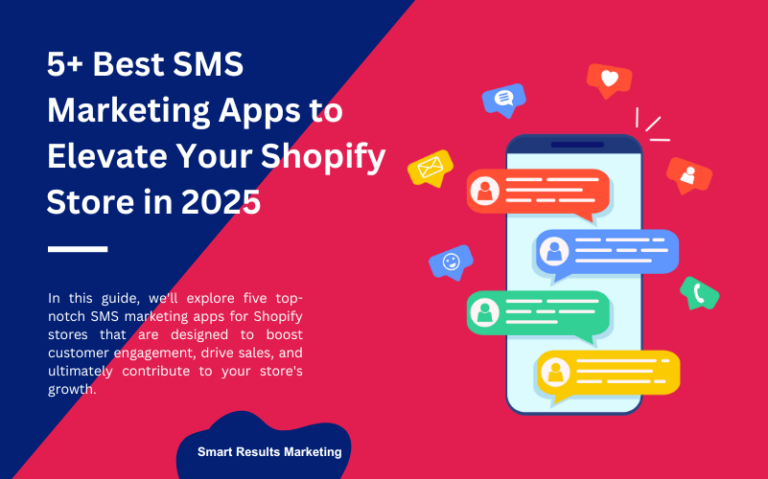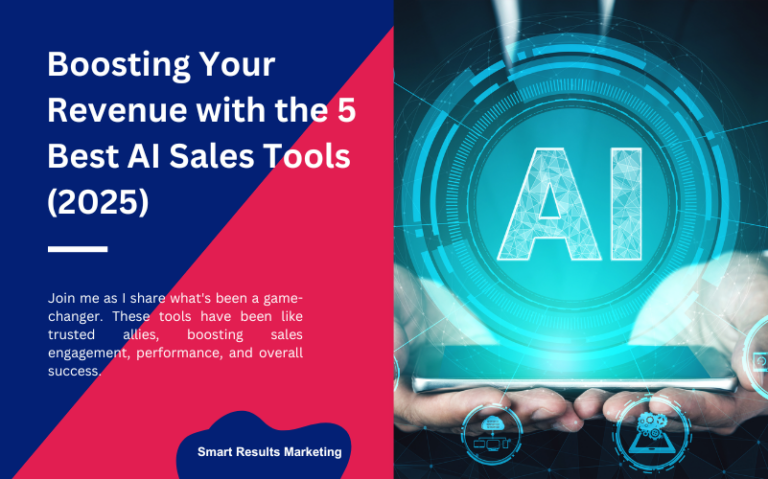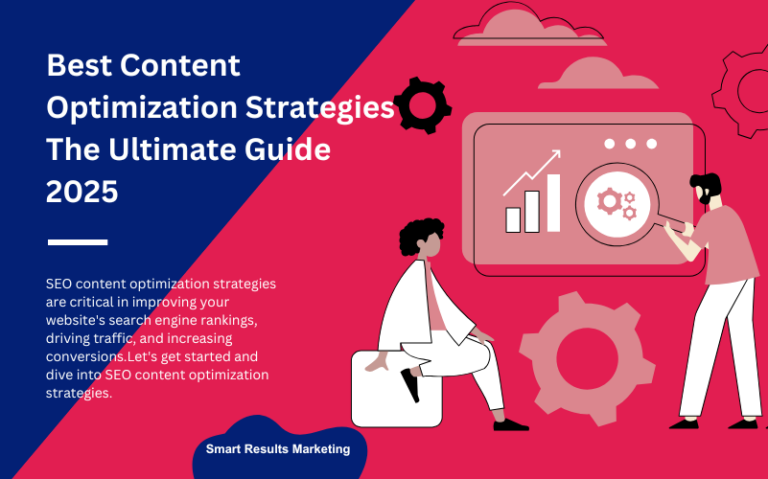How to Create a Successful & Effective Paid Advertising Campaign
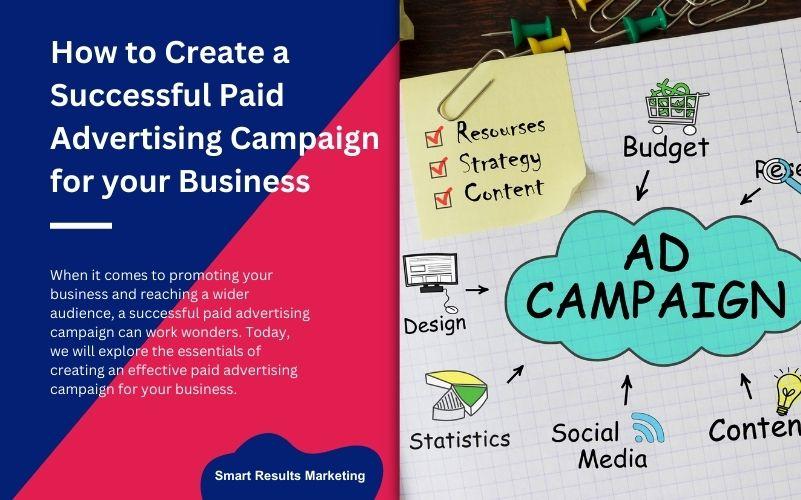
When it comes to promoting your business and reaching a wider audience, a successful paid advertising campaign can work wonders.
It involves careful planning, strategic execution, and a clear understanding of your goals.
Today, we will explore the essentials of creating an effective paid advertising campaign for your business.
From understanding the concept of paid advertising to getting started with your own campaign, I’ll provide you with the necessary insights to set you on the path to success.
Let’s get started!

What is a paid advertising campaign?
A paid advertising campaign refers to a strategic marketing approach in which businesses pay to display their ads or promotional content on various platforms to reach a targeted audience.
It involves investing financial resources into advertising channels such as search engines, social media platforms, display networks, or other digital platforms
with the aim of;
- increasing brand visibility
- driving website traffic
- generating leads
- or achieving specific marketing objectives.
These campaigns typically involve setting a budget, creating compelling ad copy and visuals, selecting target audience demographics, and monitoring and optimizing the campaign based on performance metrics.
NOTE: The goal is to maximize the return on investment (ROI) by effectively reaching and engaging the intended audience, ultimately driving desired actions or conversions for the business.
How do I get started in paid advertising?
Getting started in a paid advertising campaign can seem daunting, but with a systematic approach, you can navigate the process successfully.
Here are the key steps to begin your journey into paid advertising:
1. Define Your Advertising Goals:
Start by clearly defining your advertising objectives.
What do you want to achieve with your campaign?
Whether it’s increasing brand awareness, driving website traffic, or boosting sales, establishing specific goals will help shape your strategy.
Example:
Imagine you own an e-commerce store specializing in organic skincare products and your overall business objective is to increase sales and expand your customer base.
In this case, your advertising goals might be:
1. Increase Website Traffic: One goal could be to drive more traffic to your website, as increased website visits can potentially lead to more sales.
You can set a specific target, such as increasing website traffic by 30% within the next three months.
2. Boost Conversions: Another goal could be to increase the number of visitors who make a purchase on your website.
You can set a target conversion rate or a specific number of sales you aim to achieve through your paid advertising campaign efforts.
3. Expand Brand Awareness: Since you’re selling organic skincare products, building brand awareness among your target audience is crucial.
Your goal could be to increase brand recognition and reach a wider audience, measured through metrics like social media engagement, brand mentions, or ad impressions.
You might choose platforms like Google Ads or social media ads to drive website traffic, optimize landing pages for conversions, and allocate a budget towards awareness-building campaigns to expand your brand reach.
2. Know Your Target Audience:
The second step in getting started with paid advertising is to identify your target audience.
It involves gaining a deep understanding of the demographics, interests, and behaviours of the people you want to reach with your ads.
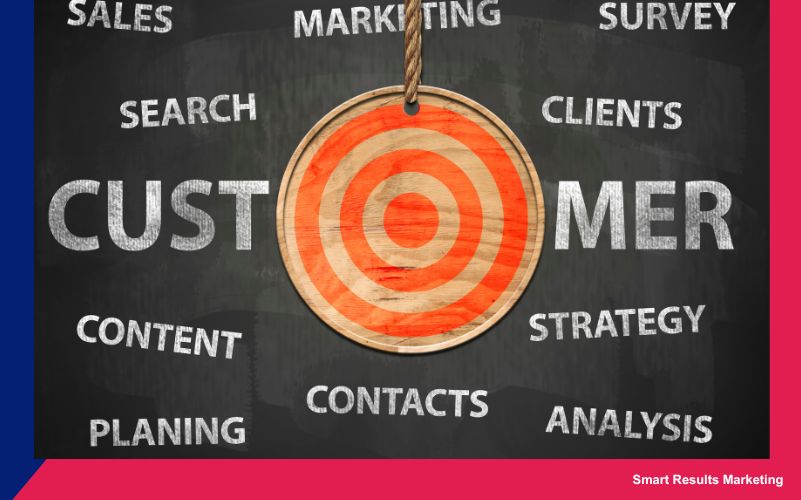
Here’s why this step is crucial:
Precision Targeting: Understanding your target audience allows you to precisely target your ads towards the right people.
By knowing their age, gender, location, interests, and other relevant characteristics, you can tailor your messaging and ad placement to resonate with their specific needs and preferences.
Efficient Resource Allocation: Identifying your target audience helps you allocate your advertising budget more efficiently.
By shifting your approach from casting a wide net to targeting a specific audience, you can allocate your resources more effectively and reach individuals who are genuinely interested in your products or services.
This targeted approach enhances the cost-effectiveness of your campaigns, allowing you to maximize your return on investment.
Personalized Messaging: When you have a clear understanding of your target audience, you can create personalized and compelling ad messaging.
By addressing their pain points, aspirations, and motivations, you can establish a stronger connection with potential customers and increase the likelihood of engagement and conversions.
TIP: To identify your target audience, you can conduct market research using surveys, interviews, or analyze existing customer data.
This data-driven approach will help you create detailed buyer personas, which are fictional representations of your ideal customers.
3. Choose the Right Paid Advertising Platform:
When it comes to selecting paid advertising platforms, it’s crucial to consider the ones that resonate with your specific target audience and campaign goals.
There are many platforms to choose from such as Google Ads, Microsoft Advertising, Facebook Ads, Instagram Ads, Twitter Ads, LinkedIn Ads, Pinterest Ads, Amazon Advertising, Snapchat Ads, and TikTok Ads.
By making informed choices aligned with your audience and objectives, you can optimize your advertising efforts and connect with the right people at the right time.
Here’s why this step is important:
1. Audience Reach: Different advertising platforms cater to specific audience demographics and behaviours.
By selecting platforms that have a high concentration of your target audience, you can maximize your reach and ensure that your ads are seen by the right people.
For example, if your target audience consists of professionals and business professionals, LinkedIn Ads might be a suitable platform.
2. Ad Format Options: Each advertising platform offers various ad formats such as search ads, display ads, video ads, or social media ads.
Depending on your campaign goals and the type of content that resonates with your target audience,
you can choose the platforms that provide the most suitable ad formats to convey your message effectively.
3. Budget and Cost: Different advertising platforms have varying costs and bidding systems.
Certain platforms operate under a pay-per-click (PPC) model, meaning you only incur charges when someone clicks on your ad.
Conversely, others function on a cost-per-impression (CPM) model, where you are billed for every thousand impressions your ad receives.
It’s important to understand these different models as you explore various platforms and determine the most suitable approach for your advertising goals and budget.
Consider your budget and the estimated cost of advertising on each platform to determine the most cost-effective option for your campaign.
4. Platform Features and Tools: Evaluate the features and tools offered by each platform. Some platforms provide advanced targeting options, audience insights, remarketing capabilities, or A/B testing features, which can significantly enhance the performance and optimization of your campaigns.
Choose platforms that offer the tools and functionalities that align with your campaign goals.
TIP: To select the right advertising platform, start by understanding your target audience and their online behaviour.
- Research the platforms where they spend their time and engage with content.
- Consider the platform’s ad targeting options, ad formats, cost structure, and available tools.
- A strategic approach to platform selection will ensure that your ads are displayed in the most relevant and effective environments to achieve your desired outcomes.
4. Craft Compelling Ad Copy:
The ad copy serves as the voice of your brand and plays a significant role in capturing the attention of your target audience.
Here’s why it’s important and some key considerations:
Capturing Attention: In a sea of competing ads, your ad copy needs to stand out and grab the attention of your audience within seconds.
It should be engaging, compelling, and pique their curiosity to entice them to take action.
Clear Value Proposition: Clearly communicate the unique value proposition of your product or service in your ad copy.
Highlight the benefits and solutions it offers to your target audience’s pain points.
Convey a compelling reason why they should choose your business over others.
Concise and Persuasive Messaging: Due to limited space and short attention spans, your ad copy should be concise yet impactful.
Use persuasive language and compelling messaging to create a sense of urgency or desire to encourage clicks or conversions. Use the help of AI story generator software tools to create a compelling outcome.
Relevant and Personalized: Tailor your ad copy to resonate with your target audience. Consider their needs, interests, and motivations when crafting the messaging.
Personalize the copy to make it feel relevant and relatable to the individuals seeing the ad.
Strong Call-to-Action (CTA): Every advertisement should feature a concise and captivating call-to-action that prompts the viewer to take a specific desired action.
Direct your audience towards the desired action, whether it’s making a purchase, signing up for a newsletter, or visiting your website.
Use action-oriented language and create a sense of urgency to encourage immediate response.
Consistency with Landing Page: Ensure that your ad copy aligns with the messaging and experience on your landing page.
When users click on your ad, they should find a seamless transition from the ad to the landing page, with consistent messaging and a clear continuation of the value proposition.
EXAMPLE:
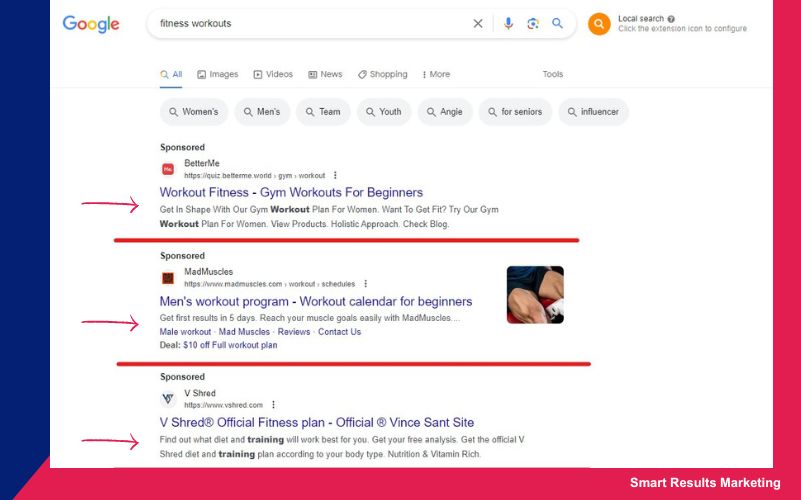
Here’s an example of compelling ad copy for a fictional fitness app targeting busy professionals:
“Get Fit on Your Schedule!
Discover the Ultimate Fitness App for Busy Professionals.
Achieve your fitness goals anytime, anywhere.
Boost your energy, build strength, and get in shape with our personalized workouts and expert guidance.
Try it FREE for 7 days!“
In this example, the ad copy captures attention by addressing the target audience’s pain point of limited time.
It highlights the value proposition of the fitness app, emphasizing convenience and flexibility.
The messaging speaks directly to busy professionals, offering a solution that fits their lifestyle.
The ad copy also includes a strong call to action, inviting users to try the app for free, which creates a sense of urgency and encourages immediate action.
5. Set a Realistic Budget:
Setting a realistic budget is a crucial step when creating a successful paid advertising campaign.
It involves determining how much you’re willing to invest in your advertising efforts and allocating those funds strategically.
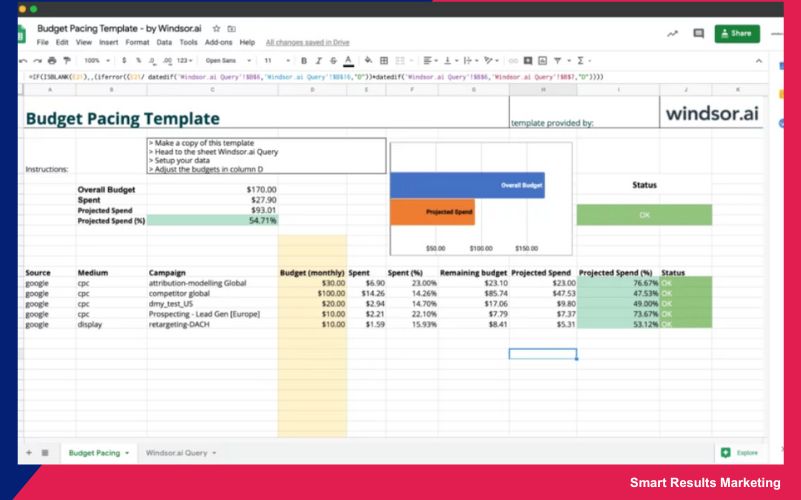
Source: Windsor.ai
Here’s why setting a realistic budget is important and some key considerations:
Resource Allocation: A budget helps you allocate your financial resources effectively.
By setting a specific budget for your advertising campaign, you ensure that you have dedicated funds available to invest in reaching your target audience and achieving your marketing goals.
Cost Control: Setting a budget helps you control your advertising costs and prevents overspending.
It allows you to establish spending limits and make informed decisions about how much you can afford to invest in your campaign without jeopardizing your overall business finances.
ROI Focus: A budget helps you maintain a focus on return on investment (ROI).
By establishing a budget that aligns with your objectives and carefully evaluating the outcomes of your campaign, you can gauge the efficacy of your advertising endeavours.
This data-driven approach empowers you to make informed decisions and optimize your return on investment (ROI) for future advertising initiatives.
Campaign Scalability: Setting a realistic budget allows you to assess the scalability of your advertising campaign.
As you measure the performance of your initial investment, you can determine if there is room to increase your budget for future campaigns to reach a wider audience or expand your advertising efforts.
Consider Campaign Objectives: Your budget should align with your campaign objectives. Different goals may require varying levels of investment.
For example, if your objective is to generate immediate sales, you may need a higher budget to support more aggressive advertising strategies.
On the other hand, if you’re focusing on brand awareness, your budget may be allocated towards long-term visibility and reach.
Competitive Landscape: Consider the competitive landscape and the industry benchmarks for advertising spending.
Research what your competitors are investing in paid advertising and evaluate how your budget compares.
This can provide insights into industry standards and help you make informed decisions.
Monitor and Adjust: Continuously monitor the performance of your campaigns and adjust your budget as necessary.
To measure the effectiveness of your budget allocation, it’s important to dive into key metrics like cost per click (CPC), cost per acquisition (CPA), and return on ad spend (ROAS).
These metrics offer valuable insights into how your advertising campaigns are performing, helping you understand the efficiency of your budget usage.
By analyzing these metrics, you can make informed decisions and fine-tune your advertising strategy to optimize your results and get the most out of your budget.
Make adjustments based on the data to optimize your spending and improve campaign performance.
6. Monitor and Optimize:
Monitoring involves regularly tracking the performance of your ads and analyzing key metrics, while optimization involves making adjustments and improvements based on the insights gained.
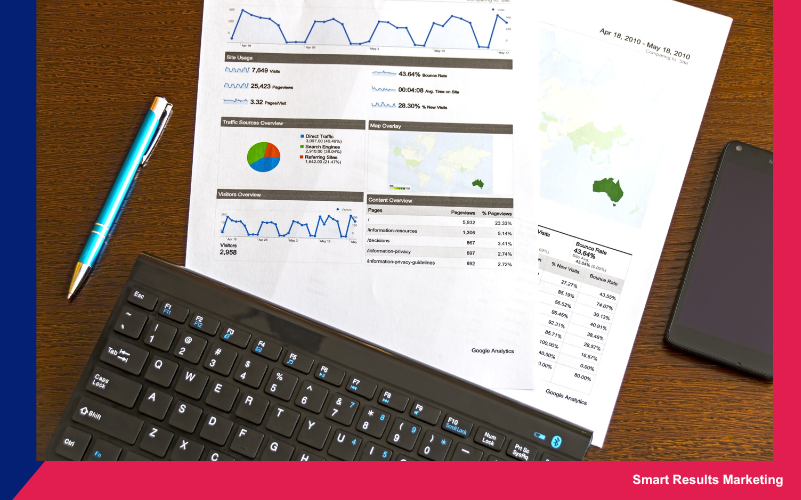
Performance Evaluation: By actively monitoring your ads, you can evaluate their performance across essential metrics like click-through rates (CTR), conversion rates, impressions, and return on investment (ROI).
This monitoring process enables you to gain valuable insights into how your ads are resonating with your target audience and whether they are delivering the desired results.
By regularly evaluating the performance, you can identify areas of strength and areas that require improvement.
Data-Driven Insights: Monitoring provides valuable data and insights into the effectiveness of your campaigns.
Analyzing the data helps you understand audience behaviour, identify trends, and uncover opportunities for optimization.
Monitoring your ads empowers you to make data-driven decisions by providing real-time information, eliminating the need for assumptions or guesswork
A/B Testing: A/B testing involves experimenting with different variations of your ads to determine which elements drive better results.
By testing different headlines, ad copy, visuals, or call-to-action buttons, you can identify the most effective combinations.
A/B testing helps you optimize your campaigns by focusing on what resonates best with your target audience.
Budget Allocation: Monitoring helps you optimize your budget allocation by identifying high-performing campaigns and reallocating funds to those that generate the best results. It allows you to optimize your spending by directing more budget towards successful campaigns and reducing or pausing underperforming ones.
Ad Placement and Targeting: Monitoring helps you evaluate the effectiveness of your ad placements and targeting strategies.
By analyzing the performance across different platforms, placements, and audience segments;
you can identify the best channels and targeting options to reach your desired audience effectively.
Ad Copy and Creative: Monitoring enables you to assess the impact of your ad copy and creative elements.
By tracking the performance of different variations, you can identify which messaging, visuals, or formats resonate most with your audience.
This insight helps you refine and optimize your ad content to improve engagement and conversions.
Continuous Optimization: Optimization is an ongoing process. Regularly monitor your campaigns, analyze the data, and make informed adjustments to improve performance.
Optimization can involve tweaking targeting parameters, adjusting bids, refining ad copy, or experimenting with new strategies based on the insights gained.
8. Conversion Tracking:
This entails monitoring and measuring the actions that users take following their interaction with your ads.
These actions may include making a purchase, completing a form, subscribing to a newsletter, or any other desired engagement.
Here’s why conversion tracking is important and some key considerations:
Measuring Campaign Effectiveness: Conversion tracking allows you to measure the effectiveness of your advertising campaigns by providing insights into the actual outcomes and actions taken by users.
It helps you understand how many users are converting and which campaigns or channels are driving the highest number of conversions.
ROI Calculation: By tracking conversions, you can calculate the return on investment (ROI) of your advertising efforts.
You can assess the cost of acquiring a customer or achieving a specific action compared to the value generated from those conversions.
This information is crucial for evaluating the success and profitability of your campaigns.
Optimization Opportunities: Conversion tracking provides valuable data for optimization.
By analyzing the conversion data, you can identify areas for improvement, such as underperforming campaigns, ineffective ad placements, or low-converting landing pages.
This insight enables you to make data-driven optimizations to enhance your campaign performance.
Audience Insights: Conversion tracking helps you gain insights into your audience’s behaviour and preferences.
By analyzing the actions taken by users who convert, you can identify patterns and characteristics of your most valuable customers.
This information can inform your targeting strategies and help you refine your messaging to better resonate with your audience.
Attribution Modeling: Conversion tracking allows you to attribute conversions to specific touchpoints or interactions along the customer journey.
By understanding which ads, keywords, or channels contribute to conversions, you can allocate your advertising budget more effectively and make informed decisions about where to invest your resources.
Conversion Funnel Analysis: Tracking conversions helps you analyze the customer journey from the initial ad impression to the final conversion.
You can identify potential bottlenecks or drop-off points in the conversion funnel and take steps to optimize those stages.
This analysis enables you to streamline the user experience and increase the likelihood of conversion.
Integration with Marketing Tools: Conversion tracking can be integrated with various marketing tools and platforms, such as Google Analytics, CRM systems, or marketing automation software.
This integration allows you to gain a holistic view of your marketing efforts and connect the dots between ad campaigns, website interactions, and customer actions.
9. Analyze and Refine:
After running your campaigns and gathering data, it’s essential to analyze the results and make informed adjustments to optimize performance.
Here’s why analyzing and refining is important and some key considerations:
Performance Evaluation: Analyzing the performance of your paid advertising campaigns allows you to assess their effectiveness in achieving your desired goals.
It helps you understand which campaigns, ad groups, keywords, or creative elements are performing well and driving the desired outcomes.
Key Metrics Analysis: Delve into the data and explore important metrics like click-through rates (CTR), conversion rates, cost per conversion (CPC), return on ad spend (ROAS), and other relevant indicators aligned with your campaign objectives.
Identify trends, patterns, and areas of improvement or underperformance.
Identify Success Factors: Determine what factors contribute to the success of your campaigns. Is it the ad copy, targeting parameters, specific audience segments, or other elements?
By identifying the key success factors, you can leverage them in future campaigns and replicate the positive results.
Identify Areas for Improvement: Analyzing the data also helps you identify areas that need improvement.
Look for campaigns or ad groups with low performance, high costs, or low conversion rates. Pinpoint specific keywords, audience segments, or ad creatives that may need adjustment or optimization.
A/B Testing and Experimentation: Implement A/B testing and experimentation to compare different variations of your ads, targeting strategies, or landing pages.
Test different headlines, ad copy, visuals, calls-to-action, or other elements to determine which combinations generate the best results.
Use the insights gained to refine and optimize your campaigns.
Landing Page Optimization: Analyze the performance of your landing pages to ensure they are effectively converting visitors into customers or leads.
Review the design, messaging, user experience, and calls to action on your landing pages. Make necessary refinements to improve conversion rates and overall campaign performance.
Budget Optimization: Based on the data analysis, adjust your budget allocation to focus more on campaigns or channels that are delivering positive results.
TIP: Shift resources away from underperforming campaigns or keywords that are not generating a satisfactory return on investment (ROI).
Continuous Monitoring: Keep monitoring the performance of your campaigns even after making adjustments.
Analyze the impact of the changes and identify any further refinements or optimizations that can be made.
Paid advertising is an ongoing process that requires continuous monitoring and refinement to achieve optimal results.
How does PPC work?
Pay-Per-Click (PPC) is an online advertising model in which advertisers pay a fee every time their ads are clicked.
It’s a way of buying visits to your website rather than attempting to earn those visits organically.
Here’s how PPC works:
Advertiser Sets Up a Campaign: To initiate a PPC campaign, the advertiser starts by setting up their campaign on a selected advertising platform,
which could include well-known platforms like Google Ads, Microsoft Advertising, or social media platforms such as Facebook or Instagram.
They define the campaign objectives, target audience, budget, and other campaign settings.
Keyword Research: To kick-start a PPC campaign, the advertiser engages in keyword research to pinpoint the relevant keywords or phrases that users are likely to search for when seeking products or services related to their business.
These keywords will trigger the display of their ads when entered into a search engine.
Ad Creation: The advertiser creates compelling and relevant ads that will be displayed to users when their search query matches the chosen keywords.
The ad typically consists of a headline, description, and a link to the advertiser’s website or landing page.
Bid Auction: When a user enters a search query that matches the advertiser’s chosen keywords, an auction takes place to determine which ads will be displayed.
The auction considers factors such as the bid amount, ad quality, and relevance to the user’s search query.
Ad Placement: If the advertiser’s bid is competitive and their ad quality is deemed sufficient, their ad will be displayed in prominent positions on the search engine results page (SERP) or relevant placements within a website or social media platform.
User Interaction: When a user sees the ad, they can choose to click on it if it is relevant to their needs or interests. The advertiser is charged for each click on their ad, hence the name “pay-per-click.”
Landing Page Experience: After clicking on the ad, the user is directed to a specific landing page on the advertiser’s website.
The landing page plays a vital role in ensuring a seamless user experience.
It should be optimized to deliver relevant information, offer a user-friendly interface, and present a clear call-to-action that motivates users to take the desired action,
whether it’s making a purchase, submitting a form, or engaging in any other intended conversion.
Campaign Monitoring and Optimization: Throughout the campaign, the advertiser monitors the performance of their ads and makes adjustments as needed.
They analyze key metrics, such as click-through rates (CTR), conversion rates, and return on ad spend (ROAS), and make data-driven optimizations to improve the campaign’s effectiveness and maximize its advertising budget.
PPC advertising offers advertisers a way to reach their target audience directly, control their advertising budget, and track the effectiveness of their campaigns through detailed analytics.
By carefully managing their campaigns and optimizing their ads, advertisers can drive relevant traffic to their websites, increase conversions, and achieve their marketing goals.
What is PPC vs Google Ads?
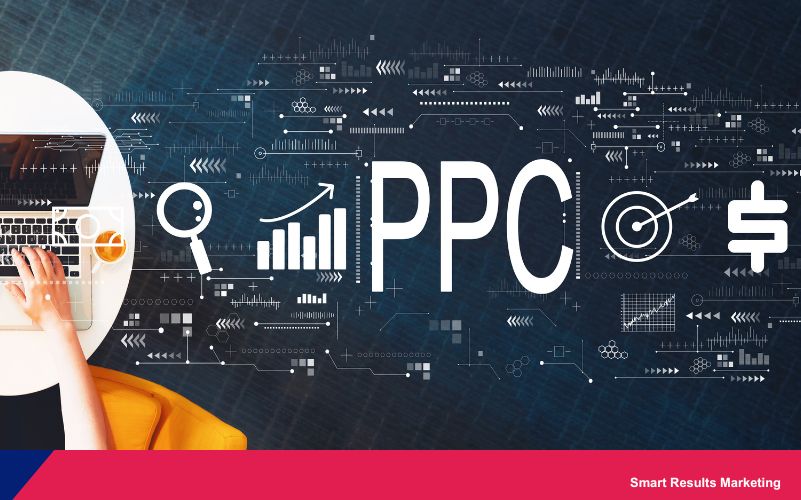
PPC (Pay-Per-Click) and Google Ads are closely related, but they are not the same thing.
PPC: PPC refers to the online advertising model where advertisers pay a fee each time their ads are clicked.
It is a broader term that encompasses various advertising platforms, including search engines, social media platforms, display networks, and more.
PPC allows advertisers to bid on keywords or target specific audiences to display their ads and drive traffic to their websites or landing pages.
The advertiser pays only when someone clicks on their ad, hence the name “pay-per-click.”
Google Ads: Google Ads is a specific advertising platform provided by Google, and it falls under the PPC umbrella.
Google Ads allows advertisers to create and manage their PPC campaigns across various Google-owned properties, such as Google Search, Google Display Network, YouTube, and partner websites.
Advertisers can bid on keywords and create text ads, display ads, video ads, or shopping ads to reach their target audience based on search queries or website content.
In summary, PPC is the general term for the pay-per-click advertising model, which encompasses various platforms, including Google Ads.
Google Ads, on the other hand, is a specific PPC platform provided by Google, offering advertisers the opportunity to display ads across Google’s network of properties.
It’s worth noting that while Google Ads is widely recognized and used,
there are other PPC platforms available, such as Microsoft Advertising (formerly Bing Ads), Facebook Ads, and Amazon Advertising,
each with its own unique features, targeting options, and audience reach.
Final Thoughts – Conclusion
In conclusion, take charge of your business’s growth by implementing a well-executed paid advertising campaign.
Follow the steps outlined in this guide to:
- define clear goals, identify your target audience, select the right advertising platform,
- create compelling ad content, design engaging visuals, set a budget that aligns with your objectives,
- monitor performance closely, optimize your campaigns for better results
- track conversions, and continuously analyze and refine your strategies.
By taking action and continuously improving your approach, you can unlock the full potential of paid advertising and drive tangible results for your business.
